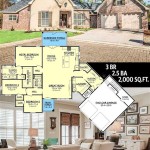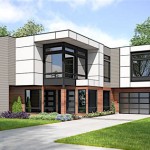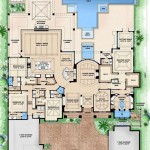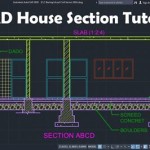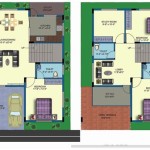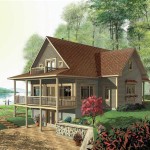Essential Aspects of House Plan Design with Dimensions in Meters
When it comes to designing the perfect home, every detail matters. One crucial aspect to consider is the house plan design, which outlines the layout and dimensions of your future abode. By incorporating dimensions in meters, you can ensure precision and accuracy throughout the planning process. This article delves into the essential aspects of house plan design with dimensions in meters, providing valuable insights for homeowners and architects alike.
1. Room Layout and Functionality
The room layout is foundational to the overall functionality of your home. Carefully consider the flow of traffic, the relationships between different rooms, and the designated areas for specific activities. Dimensions play a vital role here, allowing you to determine the optimal size and shape of each room, ensuring efficient use of space and seamless transitions.
2. Building Regulations and Permits
Ensuring compliance with building regulations is paramount. In many jurisdictions, house plans must be submitted for approval before construction can commence. By incorporating dimensions in meters, you can adhere to the specified regulations, ensuring your design meets the required standards and avoiding any delays or complications during the permitting process.
3. Space Planning and Furniture Placement
Dimensions in meters enable precise space planning, allowing you to visualize the placement of furniture and maximize the utilization of each room. By incorporating the dimensions of furniture and fixtures into your plan, you can ensure that everything fits comfortably within the designated spaces, creating a well-organized and harmonious living environment.
4. Material Quantities and Cost Estimation
Dimensions in meters are essential for calculating the quantities of materials required for construction. This information forms the basis for accurate cost estimation, helping you stay within your budget and avoid unexpected expenses. By quantifying the dimensions of walls, floors, ceilings, and other building components, you can determine the materials needed and their associated costs.
5. Site Planning and Landscape Design
House plan design extends beyond the interior of the building. The dimensions of your house and its relationship to the site should be carefully considered. By incorporating dimensions into the site plan, you can optimize the placement of the house on the lot, maximize natural light, and seamlessly integrate the outdoor spaces into your overall design.
6. Architectural Details and Finishes
Dimensions in meters facilitate the precise detailing of architectural features and finishes. From window and door sizes to molding profiles and ceiling heights, every aspect of the house's aesthetics can be controlled with precision. By specifying the dimensions of these elements, you ensure that your design vision is translated into reality, creating a visually appealing and cohesive home.
7. Sustainability and Energy Efficiency
Incorporating dimensions in meters is crucial for designing sustainable and energy-efficient homes. By accurately measuring the dimensions of building components and insulation levels, you can optimize the performance of your home's envelope, reducing energy consumption and environmental impact. Dimensions also allow for the proper sizing of heating, cooling, and ventilation systems, ensuring comfort and efficiency.
In conclusion, incorporating dimensions in meters into house plan design is an essential practice that ensures precision, accuracy, and adherence to regulations. From room layout and functionality to material quantities and cost estimation, dimensions provide the foundation for well-planned and expertly executed homes. By considering the dimensions throughout the design process, homeowners and architects can create spaces that not only meet their aesthetic preferences but also fulfill their functional and sustainable needs.

Best House Plans 9x9 Meters 30x30 Feet 2 Beds Pro Home Decors Roof Small Design

Small House Plan 7x6 Meters 1 Bed Hip Roof Ground Floor Design Plans
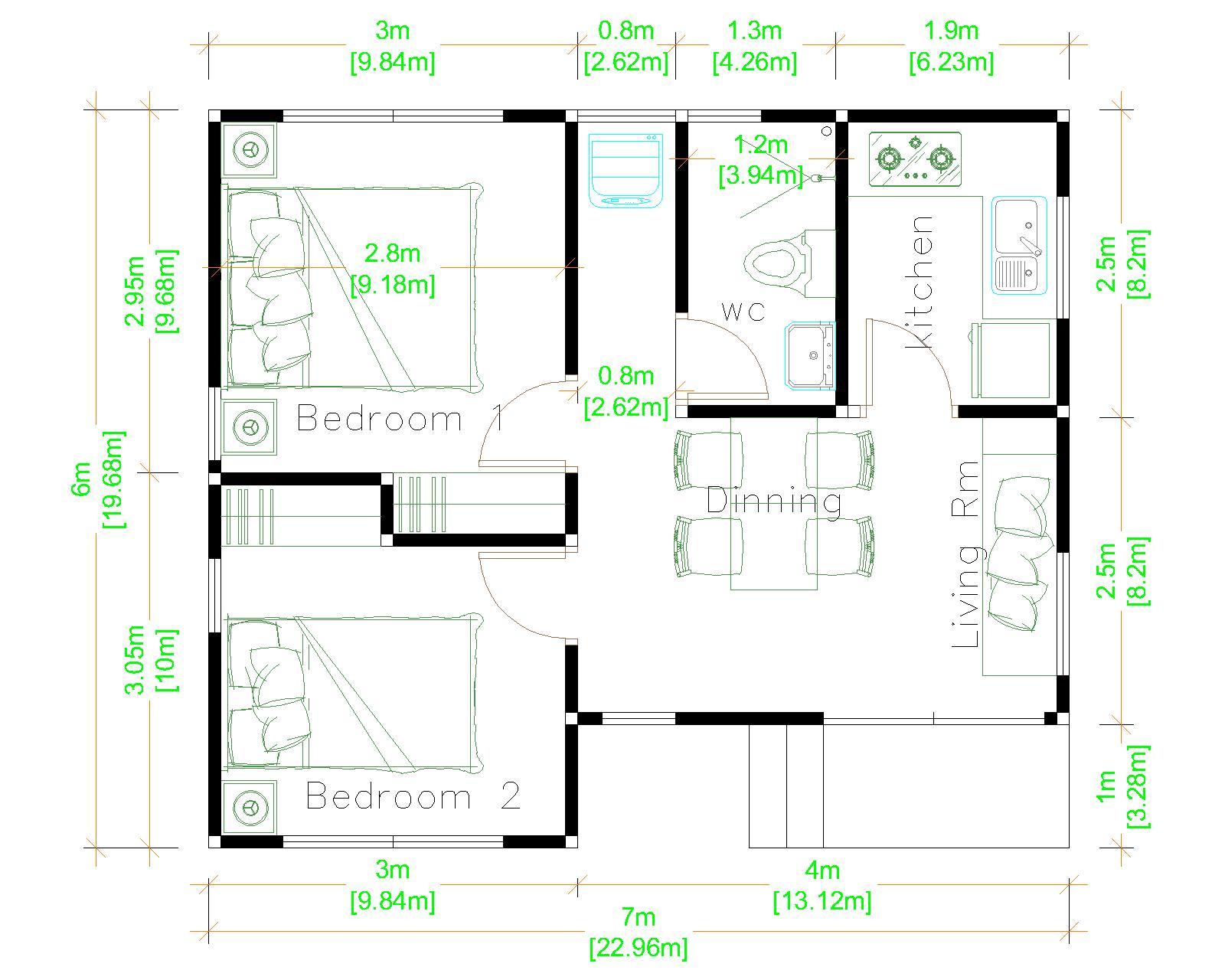
Simple Small House Design 7x6 Meter 23x20 Feet Pro Home Decors

Small House Plans 5x7 Meters 2 Bedrooms Samhouseplans

130 Sq M 3 Bedroom House Plan Cool Concepts Unique Plans Bungalow Floor

Small House Plans 4 5x12 Meters 2 Beds Gable Roof Style Design Plan

Small House Design Idea 4x9 Meters 36sq M Samhouseplans

13x23 Loft House Plan 4x7 Meter 2 Beds 1 Bath Gable Roof Free Small Design

House Design Plans 11 6 Meters 36 20 Feet Shed Roof Engineering Discoveries Home Small Floor Plan

Modern House Design 15x9 M 49x30 Feet Plan Samhouseplans
Related Posts

